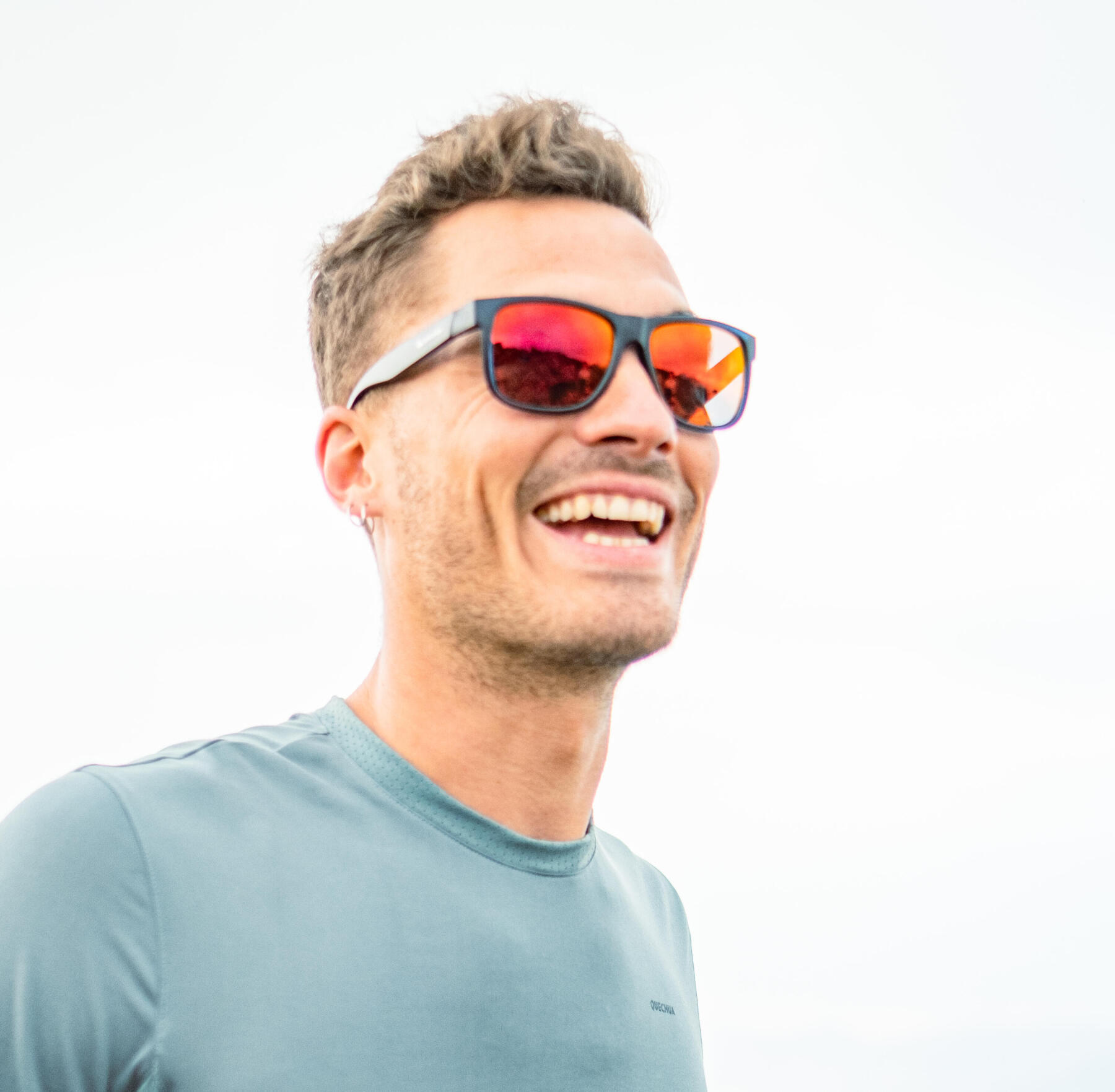1/ How does the human eye function?
While the eye is perhaps the most complex organ in our body, its functioning could be compared to that of a camera. It’s our optical system which, like a photographic lens, forms an image on the retina. The nervous system then takes over to faithfully retranscribe this image and send it to the brain, which is responsible for deciphering this image.
It’s therefore the most advanced of all cameras, which every minute, every second, takes on the task of capturing, transcribing and deciphering the world around us. Focusing, automatic adjustments according to light intensity and variations, and even an integrated cleaning system... Our eye has options that even the most high-tech camera can never match. This is especially important when you're doing sports. It’s the proper functioning of your eye that will let you, even when cycling at 40km/hr, to spot an obstacle in the distance and avoid it without even realising the complex mechanism behind your eyes...




